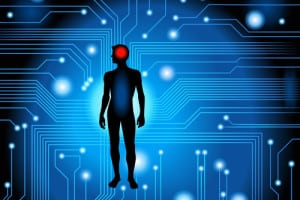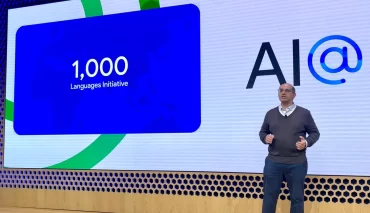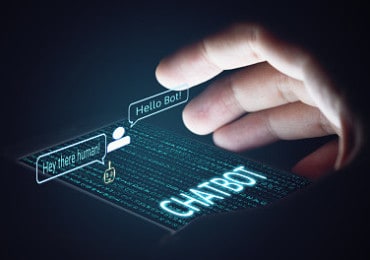
Researchers hope to create a proper training database to allow AI to take over neuron identification by using topological data analysis.
We’re unlocking the secrets of the brain slowly but surely, and with a little help from our artificial intelligence programs, the dream of understanding our complex brain chemistry just got a little closer.
Cold Spring Harbor Laboratory offers the latest breakthrough in the research partnership between humans and AI. Their new program can identify neurons in microscope images much better than previous methods.
See also: AI Model Mimics Brain Neurons to Reduce Energy Costs
Automating Neuron Tracing
Mapping the brain is so in demand as researchers race to uncover new insights that could help us with long term care. CSHL taught computers to recognize different parts of neurons, a process that could help researchers discover more about how the brain works as a whole.
Mapping the brain teaches so much about how our brains learn, process, and perceive information, and create everything we know as the mind. We’ve created so much data in recent years that it’s become challenging for researchers to process it all.
Distinguishing the Form of Neurons Using Mathematics
Although human experts can pick out a single neuron on a medical image, the task is much harder for machines. Researchers hope to create a proper training database to allow AI to take over by using topological data analysis. The mathematical process turns images into 3D-like ridges and valleys, helping machines better distinguish the neuron.
Using connectivity principles, researchers were able to show the machines how neurons connect, allowing the computer to extrapolate information and identify the individual neuron itself with significantly better outcomes than previous models.
The Future of Brain Analysis
For now, the project and its AI systems will still require human oversight from experts in brain neurology. Still, researchers are hopeful that soon, machines will analyze the vast data produced from medical and research records. It could help us begin to find patterns we missed before, better diagnose and identify trends for patients, and reduce the footwork needed from human experts.
The advance is critical to the U.S. Brain Initiative, of which the lead researcher on this project, Professor Partha Mitra, is a part. It’s one more step in medical augmented intelligence and could be a big move in brain science.






























